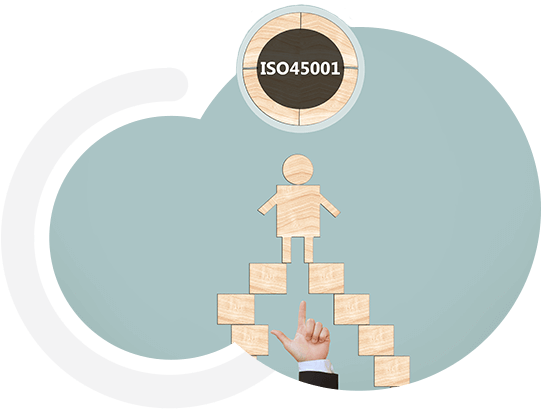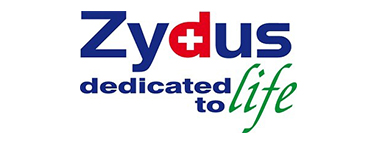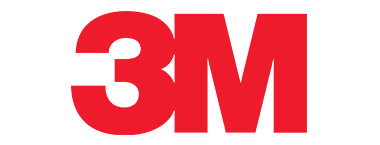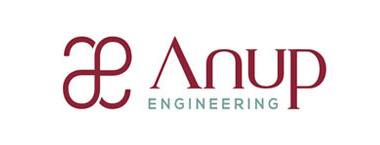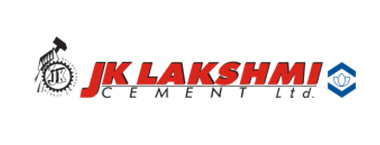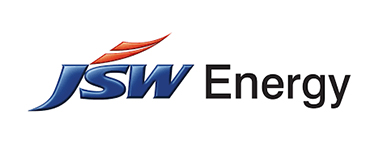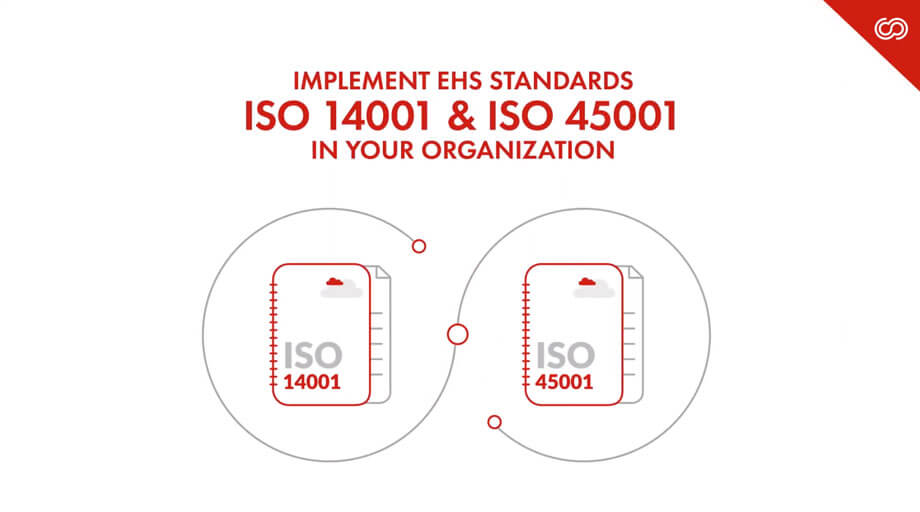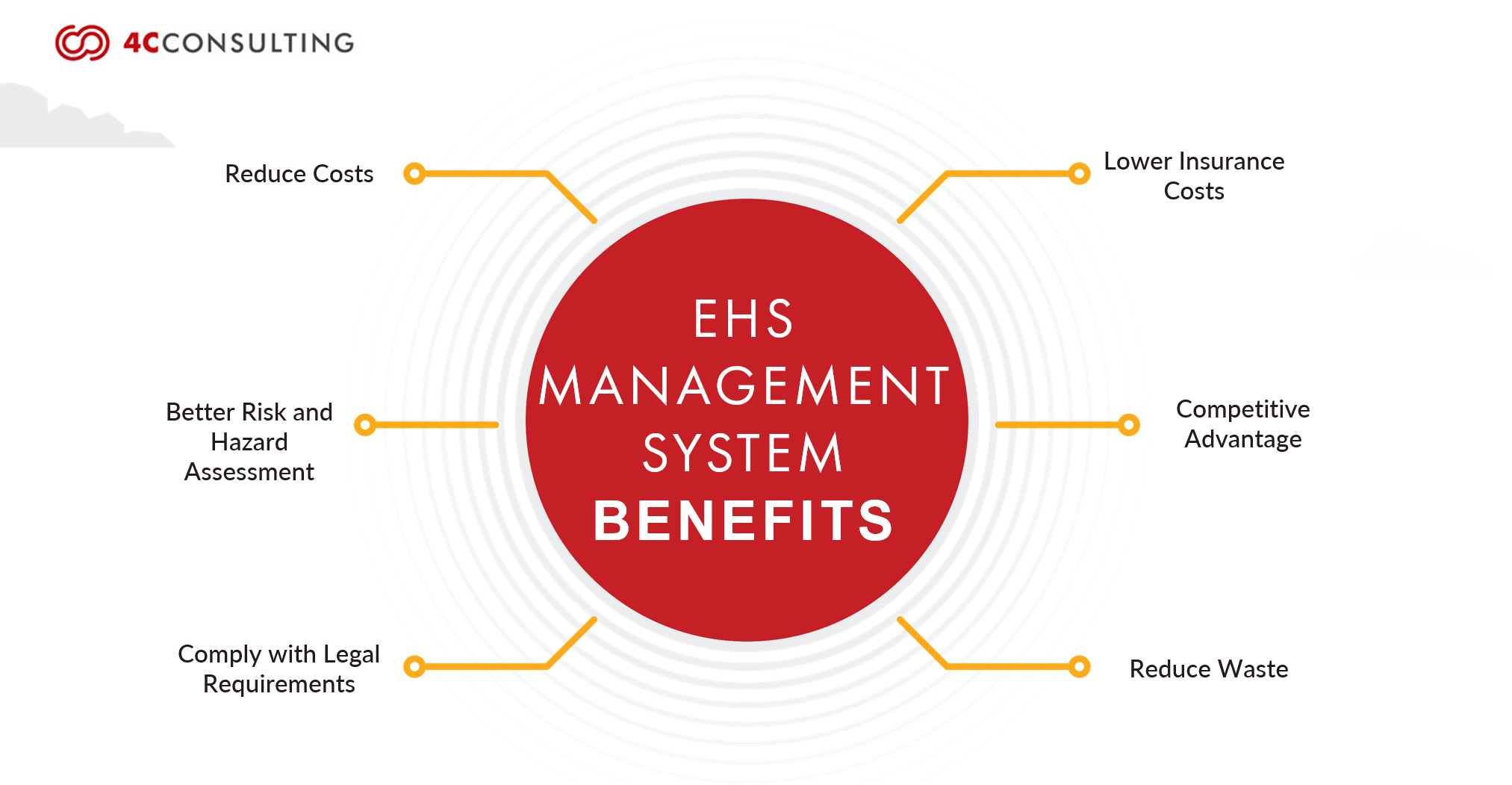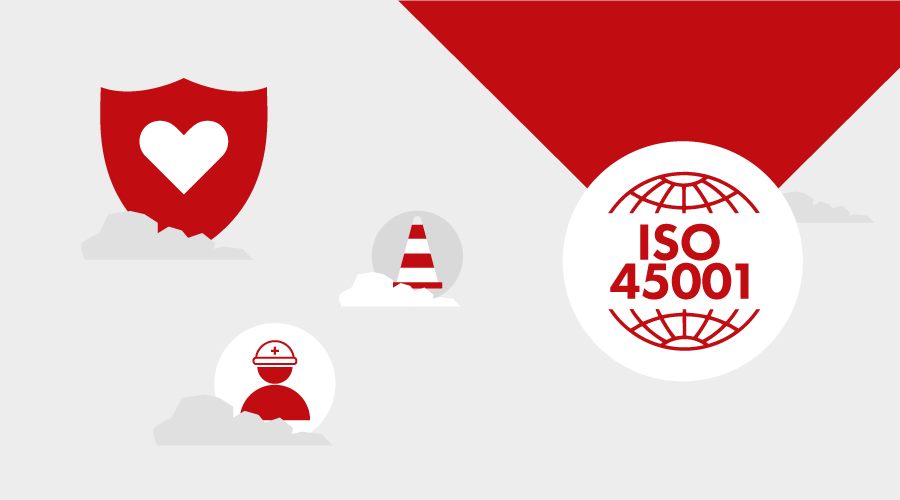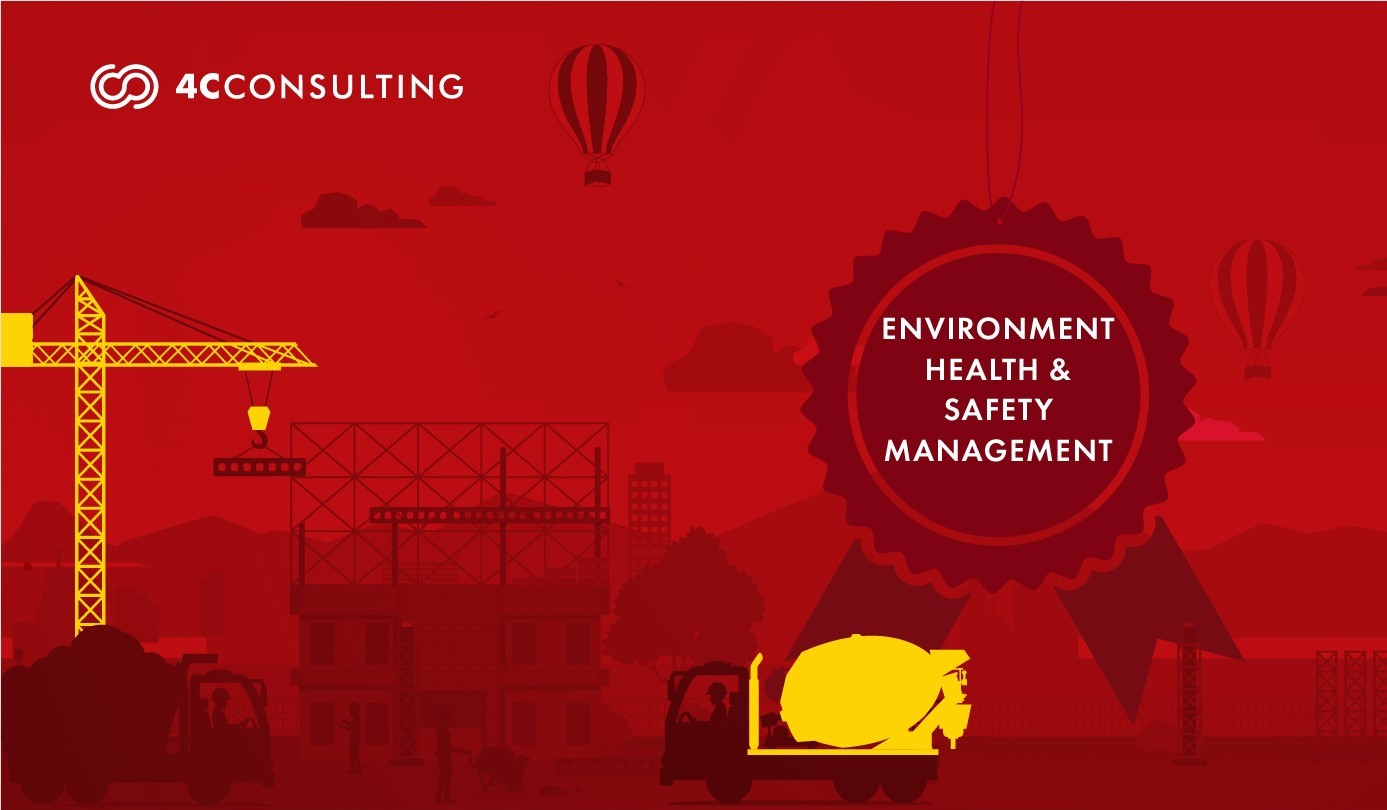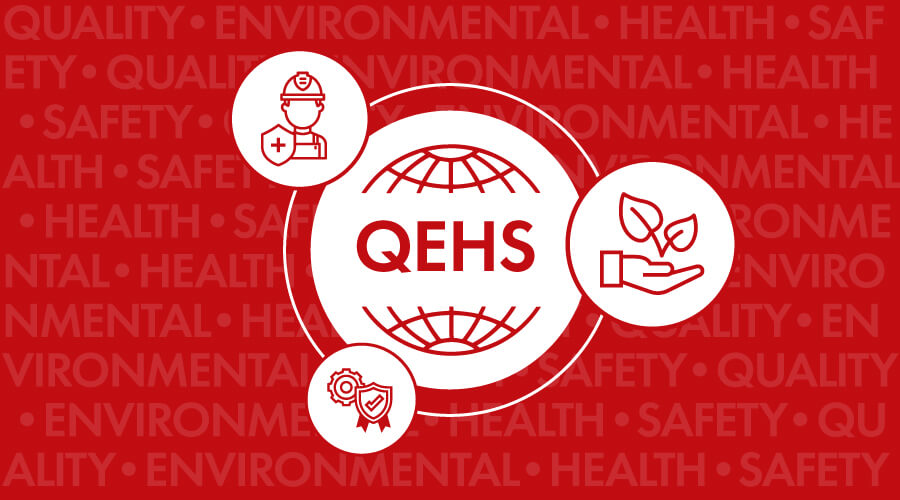
Frequently Asked Questions ISO 45001
ISO 45001 and OHSAS 18001 are both occupational health and safety management system standards. ISO 45001 follows a new High-Level Structure (HLS) and places a greater emphasis on the organization's context and interested parties' needs. On the other hand, OHSAS 18001 uses a Plan-Do-Check-Act cycle and focuses more on hazard identification and risk assessment. ISO 45001 is more compatible with other management system standards, making it easier to integrate with other business processes. Overall, ISO 45001 is the more widely recognized and suitable standard for organizations seeking certification.
ISO 45001 is necessary for companies because it provides a framework for establishing and maintaining effective occupational health and safety management systems, reducing the risk of accidents and injuries, improving overall safety performance, and demonstrating a commitment to providing a safe and healthy work environment for employees and other stakeholders.
The main principles of ISO 45001 are :
- Leadership
- Worker participation
- Risk assessment
- Continual improvement
- Communication
- Emergency preparedness
Following these principles helps organizations establish effective Occupational Health & Safety Management Systems that prioritize the health and safety of employees and other stakeholders.


